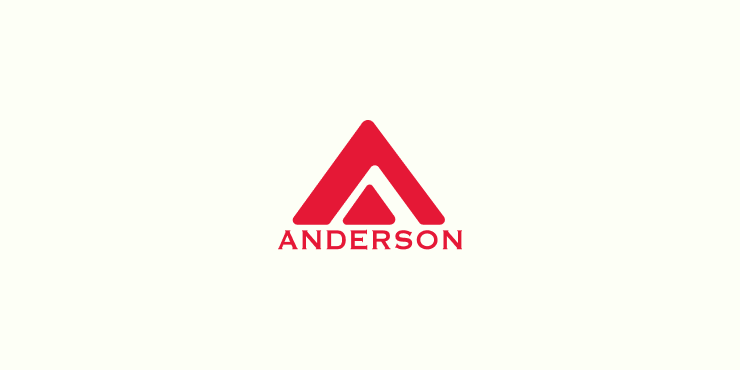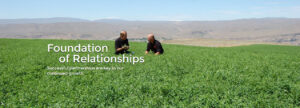Growth performance of young dairy calves can be improved if a source of chopped hay is included in their diets. Unfortunately, because of conflicting results from different research studies, the jury is still out as far as solid recommendations about when forage should be introduced in the young dairy calf diet and how much they should be fed.

What we do know is that dairy calves should be transitioned from a liquid milk replacer diet to a pelleted calf starter diet before weaning. Many farmers in the dairy industry do not start feeding forage to their calves until they are at least 2 months old. However, we also know that forages stimulate rumen development. While the starter diets that dairy calves are fed also aid rumen development, it is only sensible that calves younger than 2 months of age should have access to some type of forage. Early exposure to forage will help prime the rumen for a diet higher in forage.
Contrary to what might be logical, the first forage that calves consume should be relatively low in nutritive quality, such as straw or low quality grass hay. Feeding a high quality forage might trump consumption of the starter diet, which would result in too much gut fill. A calf with a full rumen will not be able to consume enough of their starter diet, which is crucial to meet energy and protein requirements for growth.
With these facts in mind, calves can be introduced to forage between 2 and 3 weeks of age. The forage should be high in fiber, but low in nutritive value, and it should be chopped so the particle size is about 1 inch in length. Ideally, low quality forage should be offered ad libitum. If nutritive quality is low, calves will most likely limit their intake to 3 – 5% of the diet dry matter. If the forage is higher in quality, provide it at no more than 5% of the dry matter to avoid possible gut fill issues.
Interestingly, a recent study suggested that feeding forage to dairy calves during the preweaning period (from 9 days to approximately 7 weeks of age) of the study improved intakes of the pelleted starter and of the complete diet and increased average daily gain of calves after weaning. The improvement in dry matter intake in calves fed hay is probably directly related to pH in the rumen. These calves had higher rumen pH when fed forage, which indicates that rumen health was improved and also supports greater dry matter intake.
Adding chopped hay to young dairy calf diets improved rumen health and supports greater dry matter intake and growth rate. In addition, early exposure to forage may help offset loss in gain that calves may experience during weaning.
To receive this blog from Anderson Hay directly in your email, subscribe above on the right.
References
Terré, M., E. Pedrais, A. Dalmau, and A. Bach. 2013. What do preweaned and weaned calves need in the diet: A high fiber content or a forage source? J. Dairy Sci. 9:5217-5225.


